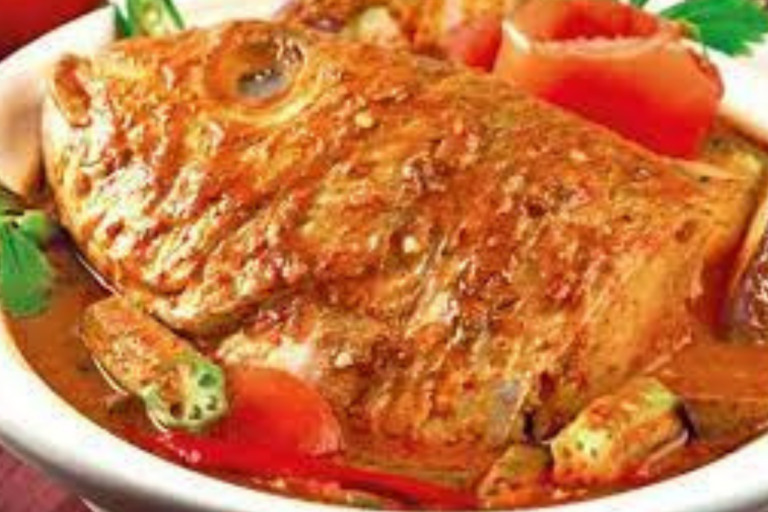In the heart of Alaska, a unique culinary practice thrives within the communities, known as “stinkheads” or “tepa.” This dish reflects the richness and resourcefulness of the Alaskan people. Crafted from fermented salmon heads buried underground, stinkheads offer a flavor profile that is highly regarded and valued among these communities.
The History of Stinkheads
Stinkheads have been a part of Yupik and other indigenous Alaskan cultures for generations. Beyond being a dish, stinkheads symbolize a connection to the land and sea, showcasing the sustainable practices and creativity of those who inhabit this rugged region. The fermentation process used for salmon heads enabled these communities to optimize their resources, ensuring food sustainability during Alaskan winters.
The Fermentation Technique of Stinkheads

Crafting stinkheads involves a patient approach with attention to detail. Here is a step by step manual for preparing this delicacy;
Ingredients:
- Salmon heads (preferably freshly caught)
- Leaves or grass, for lining the pit
Equipment:
To prepare for fermenting salmon heads, you’ll need a shovel to dig a pit in the ground weights like rocks to cover it and plastic or wooden boards to seal it. Here are the steps:
1. Clean the salmon heads thoroughly, by removing any flesh or blood to prevent bacteria growth.
2. Choose a drained location away from areas due to the strong odor that will develop during fermentation.
3. Dig a pit around 2 to 3 feet deep based on the number of salmon heads you have.
4. Line the pit with leaves or grass to avoid contact between the fish and soil, reducing contamination risks.
5. Place the salmon heads in the pit without overlapping much, for consistent fermentation.
6. Cover them with leaves or grass before sealing the pit with plastic boards.
To keep the boards secure and prevent animals from disturbing the fermentation process, you can place weights, like rocks, on top of them.
Fermentation Process of Stinkheads
Let the salmon heads ferment underground for 4 to 6 weeks but remember that the timing may vary based on the climate and how fermented you want them to be.
Check regularly to make sure the pit stays closed and untouched.
Harvesting Time
Once the fermentation period is over, carefully uncover the pit. Remove the boards and weights.
Retrieve the salmon heads gently; they should have a smell and a softened texture, indicating they are ready to eat.
Traditional Consumption
Stinkheads are traditionally consumed raw as a treat. They can be savored at community gatherings or cultural events.
Cultural Significance in Dining
For those with stinkheads, their strong smell can be overpowering. Yet for communities, this dish holds deep cultural value as a cherished delicacy. It is often enjoyed fresh at gatherings and festivities, symbolizing shared heritage and connection.
Beyond Taste
Eating stinkheads isn’t about flavor, it’s an homage, to preservation methods and a testament to reverence for nature. This meal highlights the significance of living practices emphasizing the utilization of resources and minimizing waste.
Preserving Cultural Heritage
Recently, the tradition of making stinkheads has encountered obstacles due, to shifting lifestyles and regulatory issues. However, indigenous communities are dedicated to safeguarding and honoring this practice. They conduct workshops and cultural events to pass down the art of fermentation and educate generations about the importance of this unique dish.
Stinkheads represent more than a meal; they embody a living tradition that showcases the resilience and essence of indigenous peoples. Through sharing and commemorating this heritage, these communities ensure that their valued culture endures with vibrancy and reverence for generations.
In the realm of arts, where innovation often meets tradition, stinkheads serve as an example of cultural preservation and culinary creativity. This Alaskan specialty, known for its scent and profound meaning, provides a captivating insight into the tapestry of indigenous food customs.
What next:
- Crocodile Ice Cream: A Wild Adventure in Dessert-Making
- Pasta Carbonara- A Classic Italian Delight
- Japanese Miso Glazed Salmon – A Delicious Taste and Health
- Feijoada – A Taste of Brazil
- Bouillabaisse – The Legendary Fish Stew, from Marseille


